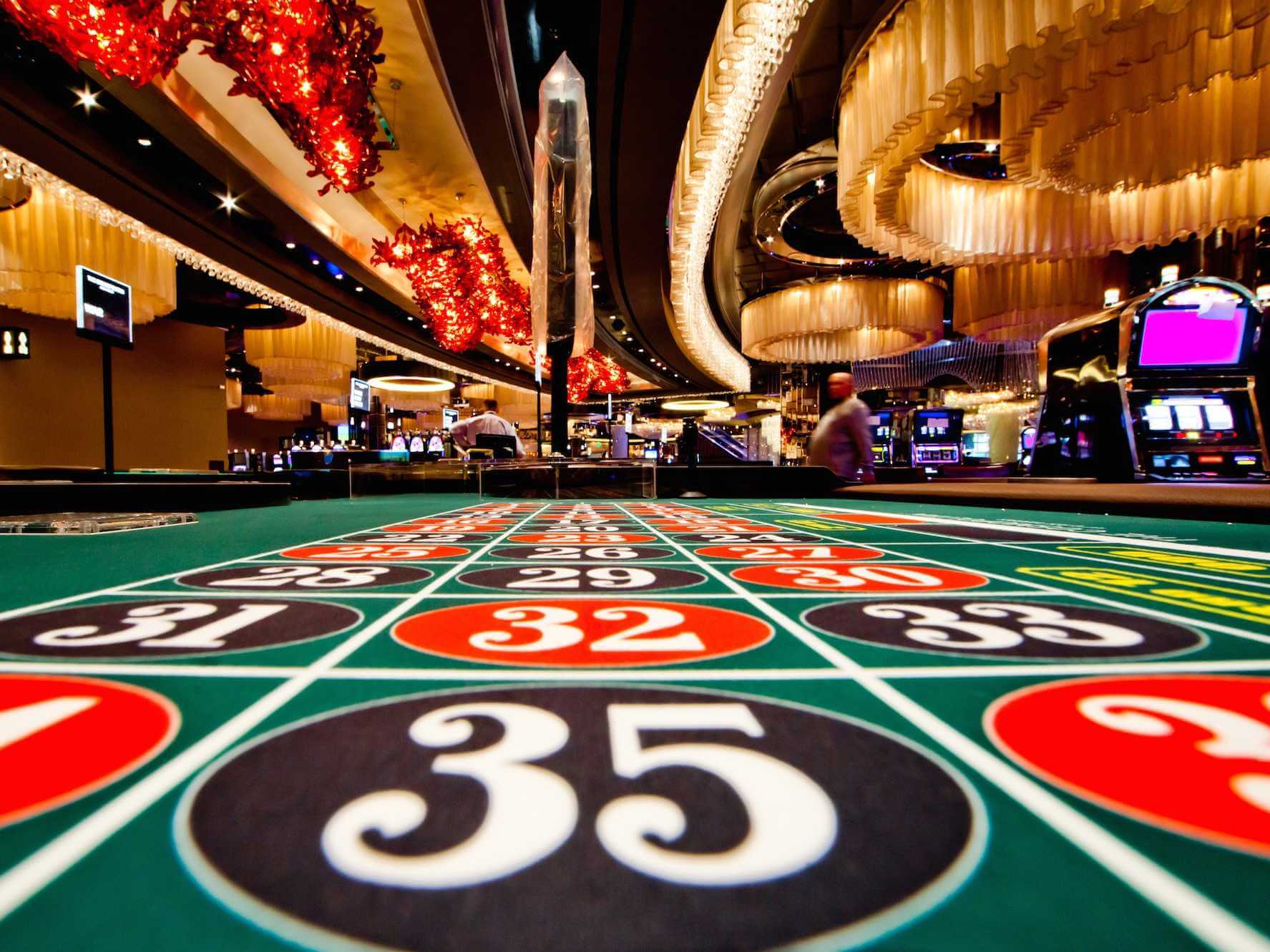
Gambling games have long captivated human interest, drawing participants into a world filled with chance, strategy, and the allure of thrill. Each activity is painstakingly crafted not just for enjoyment, but also to inspire particular emotional responses that keep players immersed and invested. Understanding the reasons behind these designs reveals much about how behavioral psychology plays a crucial role in the gaming experience.
From the vivid lights and vibrant sounds to the sophisticated layering of rules and incentives, casino games are designed to create an atmosphere of anticipation and expectation. Game designers leverage behavioral strategies to influence player behavior, whether through the use of big prizes, close-call situations, or social connections. By examining these factors, we can better appreciate how casino games fulfill not just a want for entertainment, but deeper psychological needs for adventure and hazard.
Understanding Gamer Behavior
Casino games are designed with a thorough understanding of player psychology, which is crucial for drawing in and retaining players. The rush of the game, combined with the expectation of winning, creates a formidable draw. Game designers make use of elements like audio cues, dynamic graphics, and immersive gameplay to engage attention and elicit emotional responses. These sensory experiences enhance the overall experience, making players feel more involved in the game.
Another notable aspect of player behavior is the notion of risk and reward. Casino games often weigh high-risk scenarios with the potential for substantial rewards, which can result in the event known as near-miss effect. When players come within reach to winning, the brain produces dopamine, bolstering their behavior and motivating them to keep playing in search of that elusive win. This cycle of wish and letdown plays a key role in how games are structured and advertised.
Lastly, social factors also play a central role in player behavior at casinos. Many games are made to be played in teams or alongside other players, fostering a sense of belonging and shared experience. The community engagement inherent in games like poker enhances enjoyment and can lead to prolonged gaming periods. Designers take advantage on this by designing environments that invite players to stay, connect, and revisit, making the overall casino experience more attractive.
The Role of Visuals and Audio
Imagery and audio play a crucial role in elevating the player’s experience within gambling games. Designers utilize bright colors, eye-catching graphics, and engaging animations to capture players’ attention and maintain their focus. The use of motifs, such as adventure or opulence, helps create an engaging atmosphere that takes players into a different world. link vao 188bet By appealing to the senses, these elements contribute to a intensified emotional response, encouraging players to engage more deeply with the games.
Audio design is equally important in reinforcing the overall experience of gambling games. The mix of ambient music, audio effects for winning combinations, and ambient noises creates an auditory landscape that holds players fascinated. Sounds associated with victories, such as chiming bells or festive music, evoke feelings of thrill and reward, prompting players to continue playing. These sound cues are strategically placed to enhance the thrill of the game and create a more engaging experience.
Additionally, the alignment of visuals and audio is essential for reinforcing the game’s overall theme and atmosphere. Each element should coordinate harmoniously to create a cohesive experience that draws players in. The effective use of this integration not only enhances user satisfaction but also increases the likelihood of return play, as players become more engaged in the captivating world that the casino games offer. This thoughtful combination of imagery and sound ultimately enhances player engagement and commitment.
Incentive Systems and Engagement
The development of casino games greatly relies on incentive systems to ensure players engaged and coming back for more. These systems are based in behavioral principles that take advantage of human nature and motivation. Players are often motivated by the thrill of winning, which is reinforced by instant responses through the game structure’s mechanics. This prompt satisfaction not only improves the gaming experience but also fosters a sense of success, prompting participants to keep playing in hopes of greater rewards.
Gaming establishments implement various incentive systems, such as large payouts, extra rewards, and multipliers, to engage participants. These features create a layer of thrill that maintains interest. Additionally, the unpredictability of outcomes plays a crucial role in sustaining attention. The intermittent reinforcement schedule, where successes are random but occur often enough, keeps players on edge and motivated to keep playing. This cycle of hope and expectation is essential to the effectiveness of gambling experiences.
Furthermore, community aspects, such as tournaments and collaborative options, enhance the engagement factor by tapping into the desire to compete of players. The communal aspect of gaming with others can amplify the excitement of winning and create a community atmosphere within the casino. By integrating these social dynamics with effective incentive structures, gambling experiences not only provide fun but also nurture a deeper bond among players, reinforcing their loyalty to the overall experience.
